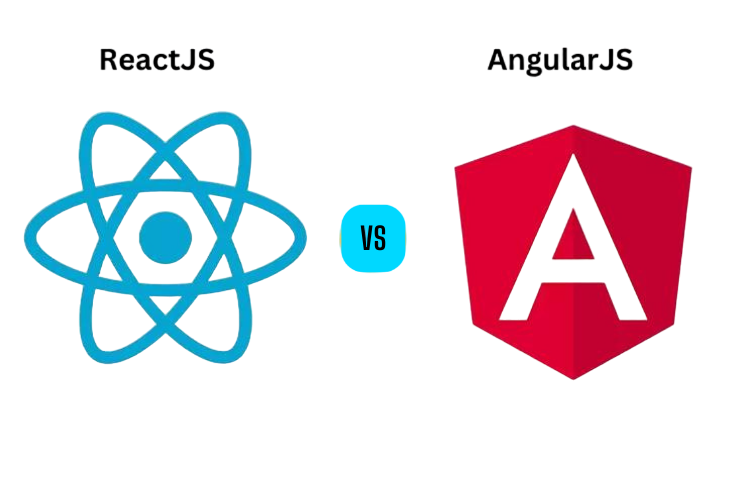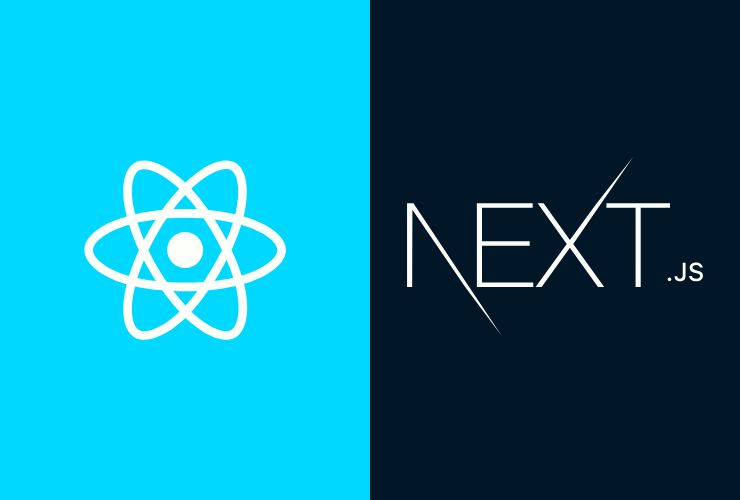When building modern web applications, ReactJS and AngularJS are two of the top JavaScript frameworks you might consider. Each has unique strengths and potential drawbacks, so understanding these differences can help you select the best fit for your project. This guide will explore the key features of ReactJS and AngularJS to help you make an informed decision.
Overview of ReactJS and AngularJS
ReactJS: Developed by Facebook, ReactJS is a JavaScript library designed for creating user interfaces, especially for single-page applications. It enables developers to build reusable UI components, which simplifies code management and updates. React is known for its virtual DOM, which enhances performance by minimizing direct changes to the actual DOM.
AngularJS: Created by Google, AngularJS is a full-featured front-end framework that provides a complete toolkit for building web applications. Although AngularJS (or Angular 1.x) is still used in many legacy systems, the more modern Angular 2+ is now more common. AngularJS offers powerful features like two-way data binding and dependency injection, making it suitable for complex applications.
Key Differences Between ReactJS and AngularJS
-
Architecture
- ReactJS: Focuses on the “View” layer in the MVC (Model-View-Controller) architecture. It offers flexibility, allowing you to choose your own tools or integrate React into existing projects.
- AngularJS: A comprehensive MVC framework that provides a structured approach with built-in features for data management, routing, and state control.
-
Learning Curve
- ReactJS: Easier to learn, especially if you’re familiar with JavaScript. Additional libraries are needed for routing and state management (e.g., Redux).
- AngularJS: More challenging to learn due to its all-in-one nature and concepts like dependency injection and two-way data binding. However, it provides a powerful development environment once mastered.
-
Performance
- ReactJS: Known for its high performance, thanks to the virtual DOM that speeds up rendering and updates by reducing direct manipulation of the actual DOM.
- AngularJS: Uses a real DOM, which can affect performance in large applications with many components. Despite this, its built-in features can streamline development.
-
Community and Ecosystem
- ReactJS: Has a large and active community with numerous third-party libraries and tools. Regular updates and strong community support make it a popular choice.
- AngularJS: Supported by Google and has a strong community. However, many new projects now prefer Angular 2+ over AngularJS, though the AngularJS community remains active.
-
Use Cases
- ReactJS: Ideal for creating dynamic and high-performance user interfaces with reusable components. It’s used in popular applications like Facebook, Instagram, and Airbnb.
- AngularJS: Best for large-scale enterprise applications that need a robust framework with comprehensive tools. It’s commonly used in complex systems like e-commerce platforms and content management systems.
Which Framework Should You Choose?
The decision between ReactJS and AngularJS depends on your project’s needs and your team’s expertise:
- Choose ReactJS if you need a flexible, high-performance library that integrates well with existing projects and focuses on building dynamic, reusable user interfaces.
- Choose AngularJS if you require a comprehensive framework with built-in tools for developing complex, large-scale applications with a structured approach.
If you have any questions, need support, or want to discuss your project, feel free to reach out to us.













 Database Development
Database Development












































